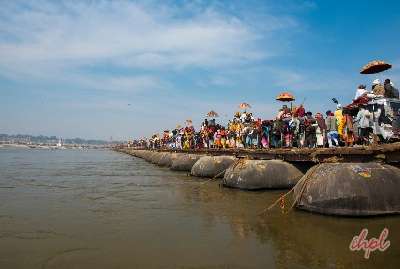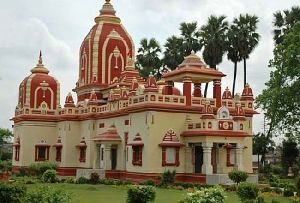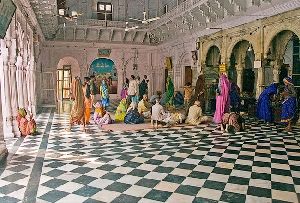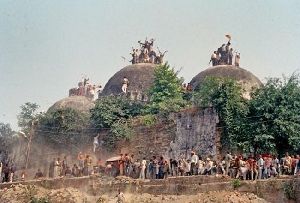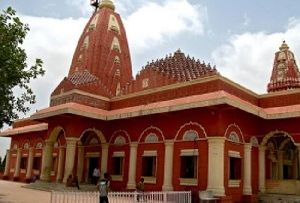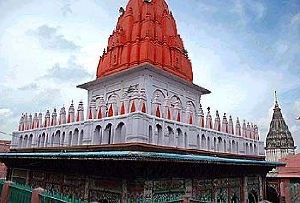Ayodhya, a city with profound historical and religious significance, is a sacred destination for Hindus. Nestled on the banks of the Sarayu River in the state of Uttar Pradesh, this city beckons travelers with its rich cultural heritage and spiritual aura. Discover the best time to explore this sacred city and the unique experiences it offers throughout the year.
| Summers | April to June | 25°c – 40°c |
| Monsoon | July to September | 24°c – 32°c |
| Winter | October to March | 10°c – 30°c |
When & Where to Visit in Ayodhya
Summer Season (April to June)
The summer season in Ayodhya, spanning from April to June, brings warm temperatures ranging from 25°C to 40°C. While the weather can be relatively hot, this season allows visitors to explore the historical and religious sites comfortably. Some must-visit places include Ram Janmabhoomi, Hanuman Garhi, Kanak Bhawan, and the picturesque banks of the Sarayu River.
Engage in spiritual activities like attending evening aartis and exploring the vibrant local markets. The summer months provide a serene ambiance for those seeking a more introspective and spiritually fulfilling experience.
Things to do in summer
- Participate in the evening aarti at Saryu Ghat.
- Visit Ramkot, the fort believed to be the birthplace of Lord Rama.
- Explore the vibrant local markets for religious artifacts and souvenirs.
Monsoon Season (July – September)
Ayodhya experiences the monsoon season from July to September, with occasional heavy rainfall. While the rains bring a lush greenery to the surroundings, outdoor activities may be affected. However, this season offers a tranquil atmosphere, making it suitable for those seeking a quieter and spiritually reflective visit.
Explore the ancient temples & sites with fewer crowds, and witness the city’s natural beauty enhanced by the monsoon showers. Attend special events or festivals taking place during this period.
Things to do in Monsoon
- Marvel at the ancient Nageshwarnath Temple.
- Seek blessings at the Treta Ke Thakur temple dedicated to Lord Rama.
- Attend any local festivals or events that coincide with your visit.
Checkout: Agra Tour Packages, Uttar Pradesh Tour Packages, Kushinagar Tour Packages, Mathura Tour Packages, Varanasi Tour Packages, Prayagraj Tour Packages, Lucknow Tour Packages, Jhansi Tour Packages
Winter Season (October to March)
The winter season, from October to March, is considered one of the best times to visit Ayodhya. The weather is pleasant, with temperatures ranging from 10°C to 30°C, making it ideal for outdoor exploration. The cool breeze adds to the sacred ambiance, and the city comes alive with festivals and celebrations.
Witness the grandeur of Diwali celebrations in Ayodhya, the birthplace of Lord Rama, during the winter months. The temples and ghats are adorned with lights, creating a magical and festive ambiance.
Things to do in winter
- Participate in the Diwali celebrations in Ayodhya.
- Traverse the Kanak Bhawan, a vibrant temple dedicated to Goddess Sita.
- Pay a visit to the KalaRam Temple, known for its intricate carvings.
Tips for Traveling in Ayodhya
- Respect local customs and traditions when visiting religious sites.
- Plan your visit during major festivals for a culturally enriching experience.
- Be mindful of the weather conditions, especially during the monsoon season.
Uttar Pradesh Tour Packages
Things To Do in Ayodhya
FAQs
Why Book With Us
35+
Years of Travel Experience
100+
Travel Experts To Assist You
03+
Million Satisfied Guests
Ministry
of Tourism Accredited
- 5/5 Rating:
- 4/5 Rating:




